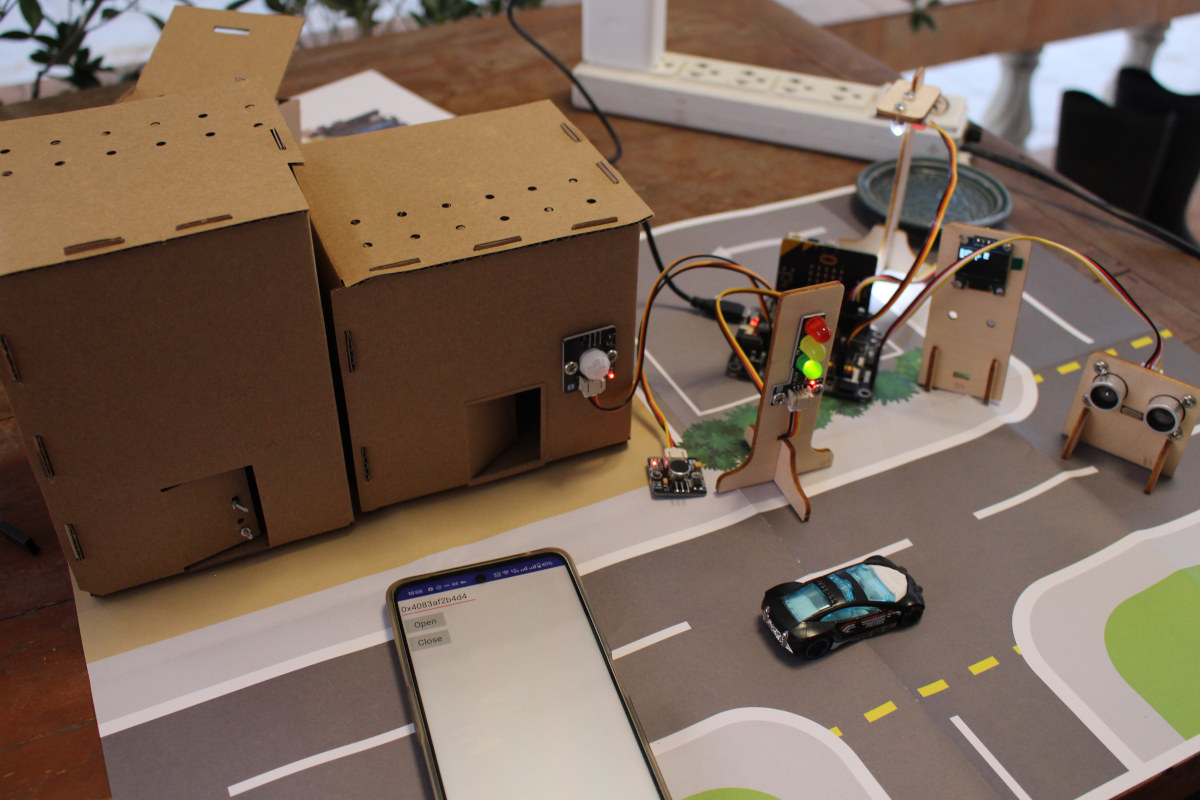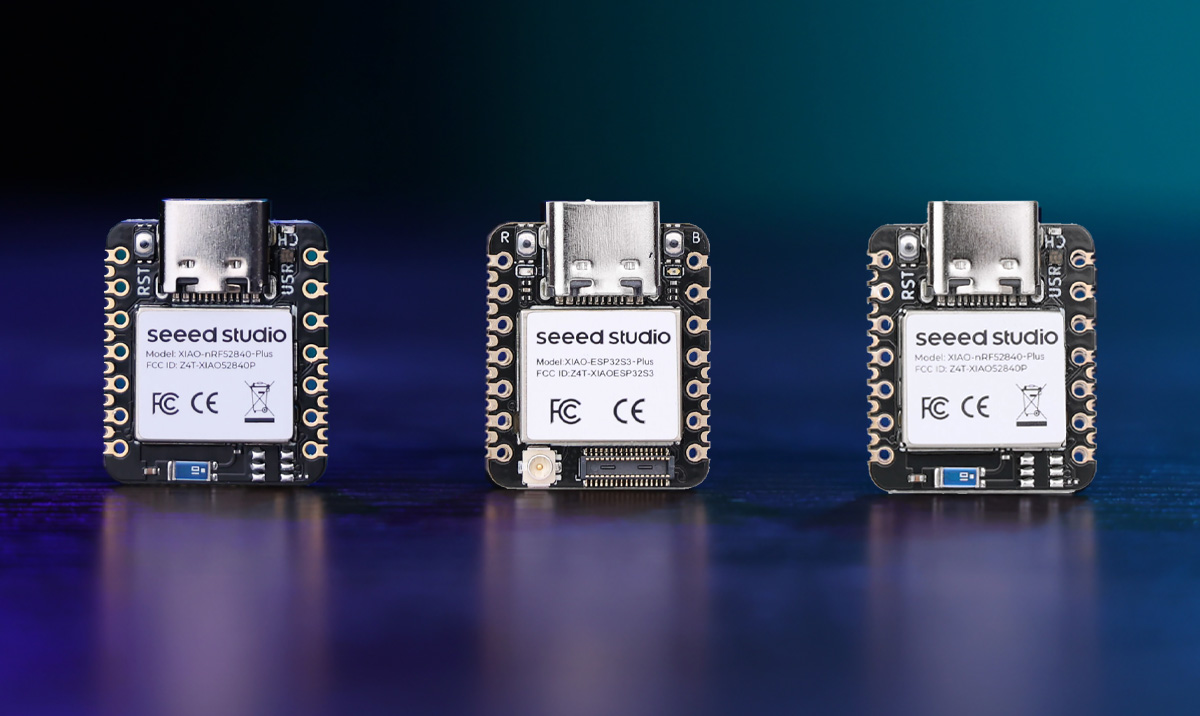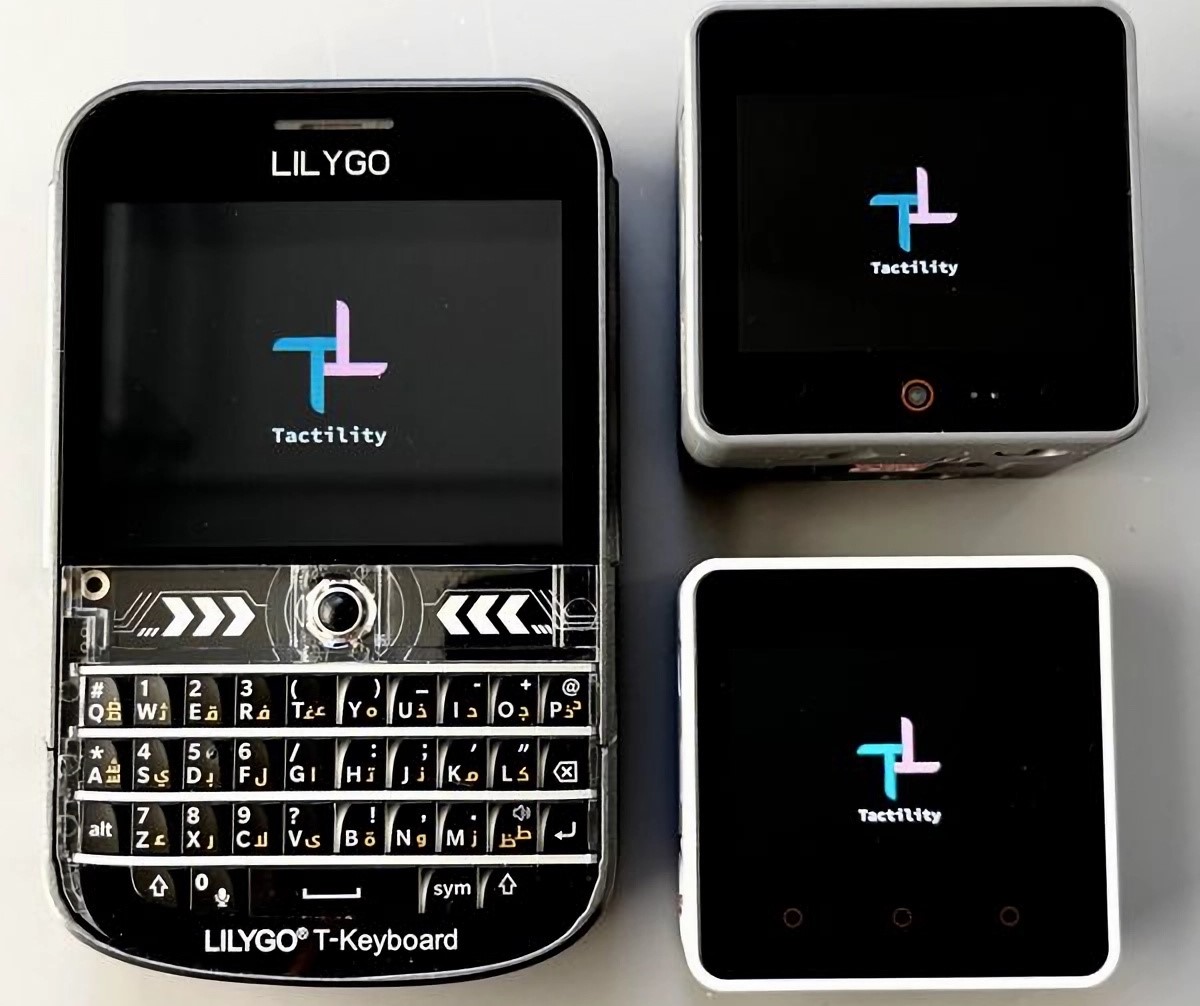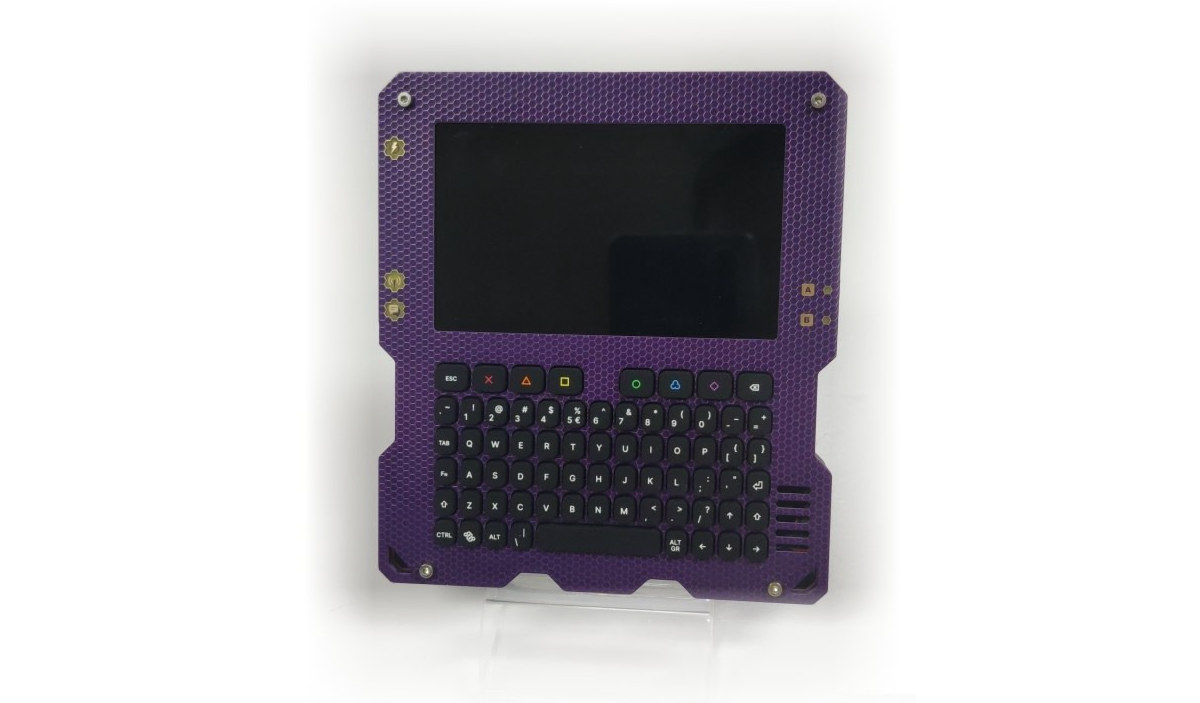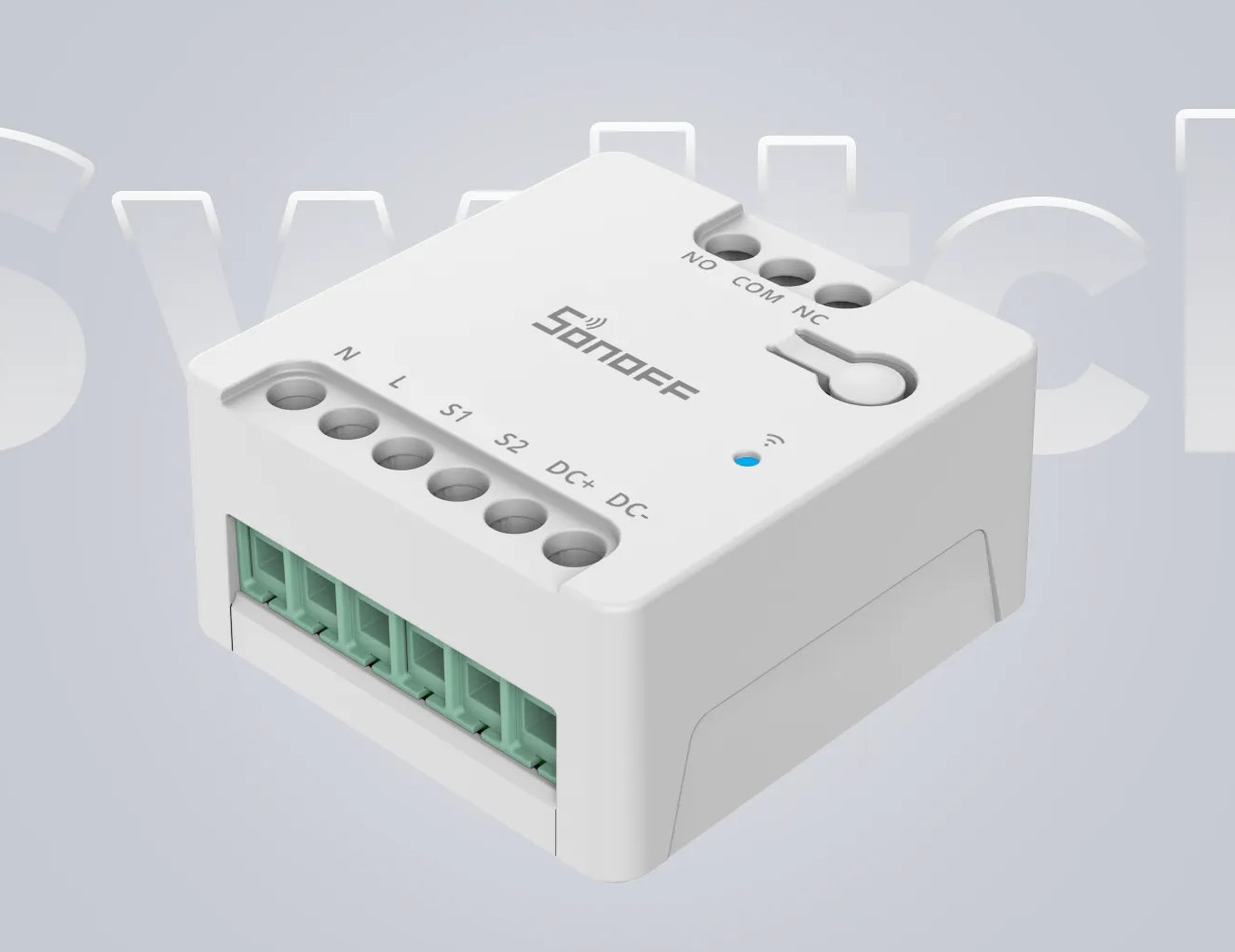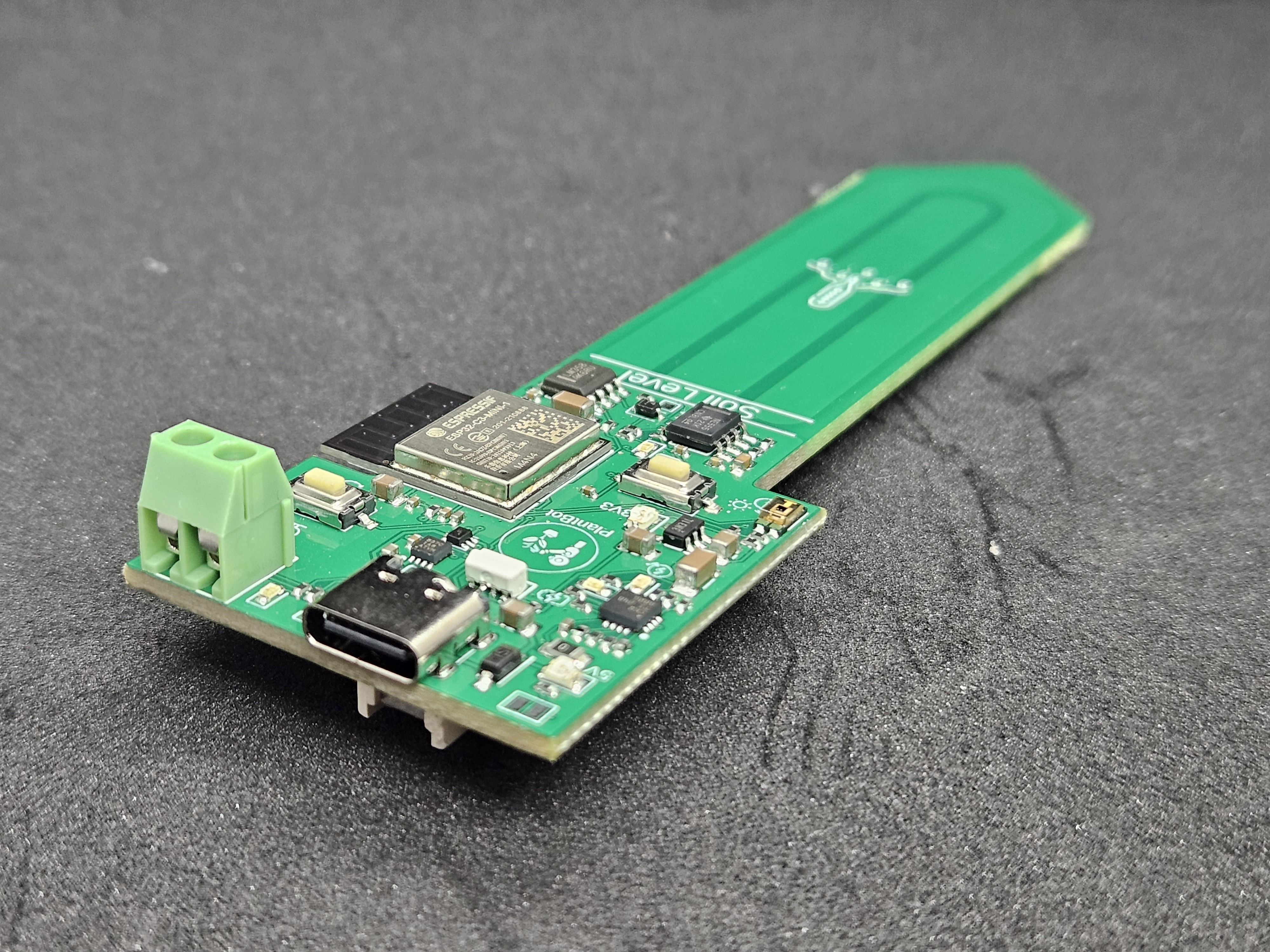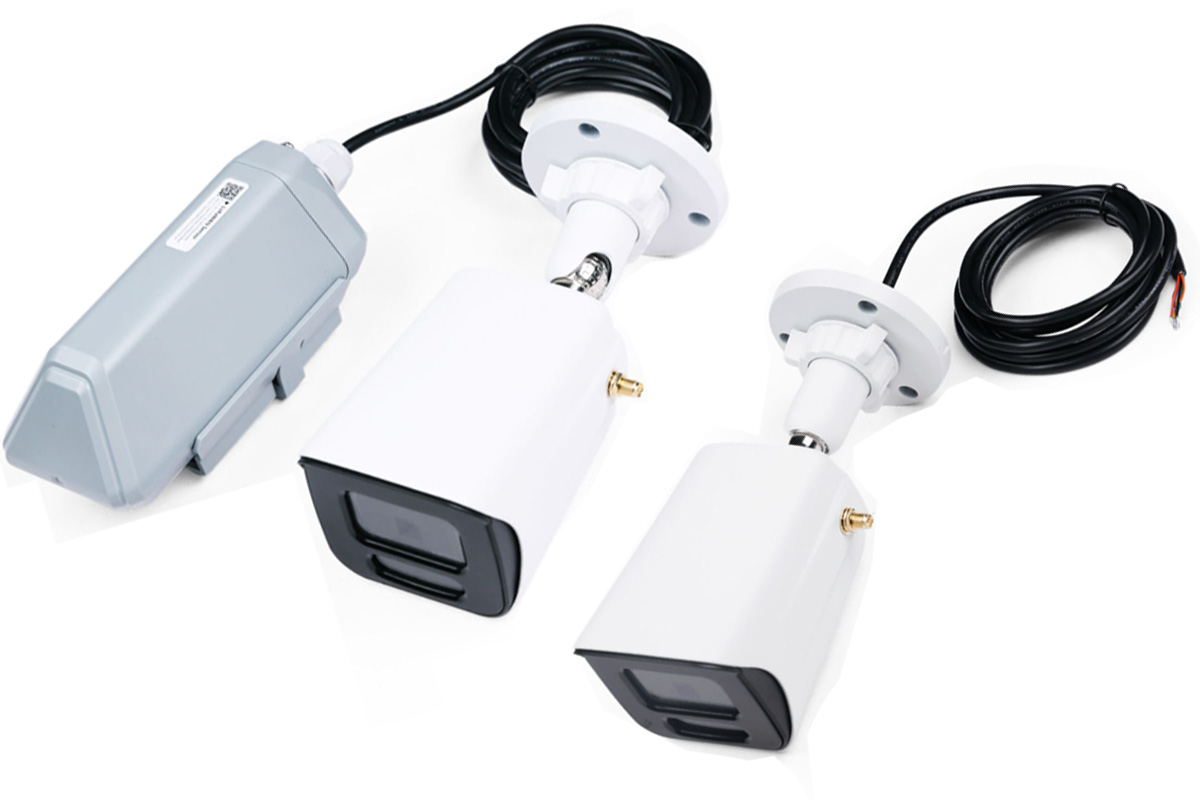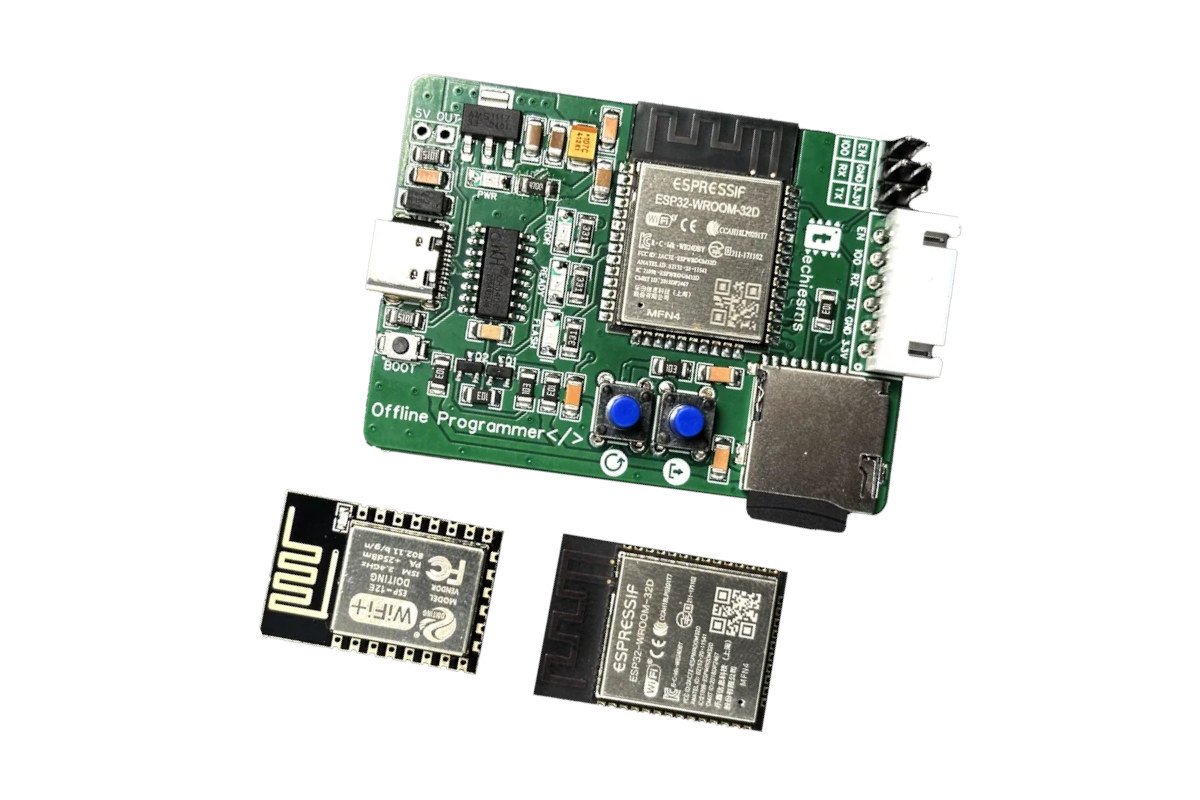SMARTHON Smart City IoT Starter Kit for micro:bit is an educational kit for 10+ years old teaching basic projects from turning an LED to more complex projects with multiple sensors, IFTTT integration, and mobile app development. The company sent us a sample of the Start Kit along with a BBC Micro:bit board for review, and we’ll report our experience with the kit in this review. Unboxing of SMARTHON Smart City IoT Starter Kit for micro:bit The package I received includes the SMARTHON Smart City IoT Starter Kit for Micro:bit and a BBC Micro:bit V2 board since it’s not included in the starter kit. The bottom side of the package lists the main components and features a QR code pointing to the product page. The package includes cardboard and wooden models, various cables, a 180° servo, a screw set, a city map, the Smarthon IoT:bit carrier board for the BBC Micro:bit, […]
Seeed Studio XIAO Plus series adds more GPIOs through castellated holes
In response to community feedback for more I/O options, Seeed Studio has recently launched the Seeed Studio XIAO Plus series with 23 castellated mounting pins (20 GPIOs, 3 power pins) and improved back solder points, improving compatibility with carrier boards for complex projects. The new series includes the XIAO ESP32S3 Plus, XIAO nRF52840 Plus, and XIAO nRF52840 Sense Plus which are direct upgrades of the XIAO ESP32S3, XIAO nRF52840 BLE, and XIAO nRF52840 Sense boards. The new design allows for easier assembly and scalable production, with double the I/O options. XIAO ESP32S3 Plus The Seeed Studio XIAO ESP32S3 Plus is a compact development board with a total of 23 pins on the board out of which 11 are through-hole GPIO pins 9 additional SMD castellations GPIO pins and 3 through-hole are power pins. The board is built around an ESP32-S3 MCU so it has 2.4GHz WiFi and BLE 5.0 connectivity. Other […]
Tactility “operating system” for the ESP32 microcontroller family supports built-in and external applications
Tactility is an operating system that runs on the ESP32 microcontroller series. Created by Dutch software developer, Ken Van Hoeylandt (also known as ByteWelder), Tactility is a project one year in the making inspired by the Flipper Zero and its application platform. The ESP32 operating system can run built-in apps and helper services from flash storage as well as external applications from an SD card. It leverages the Espressif ELF(Executable and Linkable Format) loader to load ELF files from external storage to the executable memory area. Tactility is built to run on any ESP32-based device with a touchscreen since drivers (display, touch, and SD card) can be implemented for any hardware. ESP32-S3 devices are “the best option” due to their performance and larger memory. The LILYGO T-Deck series is highly recommended for its onboard keyboard and sizable display. Preset configurations are available for the LILYGO T-Deck Plus, LILYGO T-Deck, M5Stack […]
Tanmatsu handheld terminal features ESP32-P4 RISC-V MCU, QWERTY keyboard, WiFi, Bluetooth, 802.15.4, and LoRa connectivity
Tanmatsu is a handheld terminal device for hackers, makers, and tech enthusiasts based on the 400 MHz ESP32-P4 RISC-V microcontroller, including a QWERTY keyboard, and supporting various connectivity options with WiFi, Bluetooth LE, 802.15.4, and even LoRa in the 433 MHz or 868/915MHz bands. The handheld computer also features a 3.97-inch MIPI DSI display, a built-in speaker and a 3.5mm audio jack, and various expansion connectors such as a Qwiic connector for I2C/I3C modules, and PMOD and SAO expansion connectors. Tanmatsu specifications: Microcontrollers Espressif ESP32-P4 dual-core RISC-V microcontroller @ 400MHz with 32MB of built-in PSRAM WCH CH32V203C8T6 32-bit RISC-V microprocessor @ up to 144 MHz with 20KB SRAM, 64KB flash used for keyboard matrix and power management Storage 16MB flash for firmware MicroSD card slot supporting SD cards at 3.3v and 1.8v voltage levels (SDIO 3) Display – 3.97-inch MIPI DSI display with 800 x 480 resolution, 65,536 colors Audio […]
SONOFF MINI-D – A Matter-compatible WiFi smart switch with dry contact output for garage doors, boilers, etc…
SONOFF MINI-D, also called SONOFF Mini Dry WiFi Smart Switch, is a Matter-compatible smart switch with dry contact output suitable for controlling devices like garage doors, boilers, air conditioners, and other dry contact input equipment, as well as small DC motors (8W max) such as pumps and solenoid valves. It’s designed to support 12-48V AC or DC inputs, handle low-power DC motors up to 8W, and can be wired as Normally Open (NO) and Normally Closed (NC). Like other SONOFF devices, it’s controlled with the eWelink app, but Matter support means it can integrate with other apps such as Amazon Alexa, Google Home, Apple Home, etc… SONOFF MINI-D specifications: Wireless SoC – Espressif ESP32-D0WDR2 (so ESPHome firmware support is likely… eventually) Connectivity – 2.4GHz WiFi Misc LED for network status, pairing mode, and switch type selection Button for ON/OFF, pairing mode, and external switch type selection. Max load 24V DC/2A […]
$12 Plant Bot is an ESP32-C3 soil sensor and pump driver for fully automated indoor plant care
The Plant Bot is an open-source, Internet-enabled plant monitor powered by the ESP32-C3 microcontroller and integrating a corrosion-resistant capacitive moisture soil sensor and a pump driver on a single printed circuit board, eliminating the need for additional cabling. The Plant Bot is designed to automate indoor plant care by combining moisture sensing, light sensing, and pump activation. It can be powered via USB or a single coin cell battery which lasts up to a week with daily updates. An onboard multi-color LED visually represents the current soil condition, ranging from red (dry) to blue (moist). The “Soil Level” line on the board indicates the maximum depth to which the sensor or device should be inserted into the soil. According to the maker, the Plant Bot will remain unaffected by corrosion if the soil level does not exceed this line. Other solutions we’ve covered with a soil sensor usually separate the […]
Seeed Studio introduces ESP32-C3-based Modbus Vision RS485 and SenseCAP A1102 LoRaWAN outdoor Edge AI cameras
Seeed Studio has recently released the Modbus Vision RS485 and SenseCAP A1102 (LoRaWAN) outdoor Edge AI cameras based on ESP32-C3 SoC through the XIAO-ESP32C3 module for WiFi and the Himax WiseEye2 processor for vision AI. Both are IP66-rated AI vision cameras designed for home and industrial applications. The RS485 camera is designed for industrial systems and features a Modbus interface, making it suitable for factory automation and smart buildings. The SenseCAP A1102 uses LoRaWAN for long-range, low-power monitoring in remote locations. Both offer advanced AI for tasks like object detection and facial recognition. Besides its built-in RS485 interface, the Modbus Vision RS485 also supports LoRaWAN and 4G LTE connectivity via external Data Transfer Units (DTUs). With over 300 pre-trained AI models, the camera can do object detection and classification tasks making it suitable for industrial automation, smart agriculture, environmental monitoring, and other AI-driven applications requiring high performance. The SenseCAP A1102 […]
ESP Offline Programmer flashes firmware to ESP32 and ESP8266 modules without PC
The ESP Offline Programmer is an ESP32 board with a microSD card slot designed to flash the firmware to other ESP32 or ESP8266 modules without a PC. You’ll still need one to copy the firmware to a microSD card, but once it’s done you can just insert the microSD card into the board and after wiring is done ideally using a jig, start the flashing sequence with the press of a button. In some ways, it’s the hardware equivalent of the esptool utility and can be useful for remote deployment where carrying a laptop may not always be convenient and potentially for flashing hundreds or thousands of modules using multiple ESP Offline Programmers in a way that’s faster than using computers. ESP Offline Programmer specifications: Wireless module – Espressif Systems ESP32-WROOM-32E ESP32 dual-core Tensilica LX6 microcontroller Storage – 4MB flash Wireless 2.4 GHz WiFi and Bluetooth LE connectivity, built-in PCB […]


